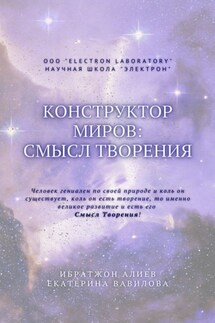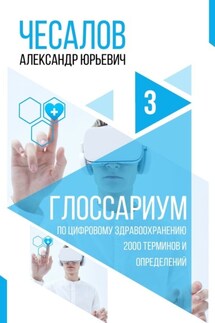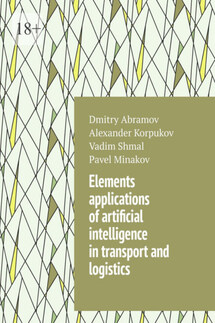Все науки. №6, 2022. Международный научный журнал - страница 30
Due to the fact that the relevance of resonant nuclear reactions quickly follows from the above, it remains to prove the relevance of the fact that a charged particle accelerator, a special type of LCU (Linear Cyclotron Accelerator), its class EPD-20, is necessary for the implementation of these nuclear reactions, it follows from the parameters that proton and deuterium beams are beams in it the Electron project with an energy of up to 20 MeV. Due to the fact that the energy must be selected, for example, for a conventional nuclear lithium-6 bombardment reaction with the release of two alpha particles, it is necessary to have a proton with an energy of 1.613245483 MeV, and only in this case it will be assumed that the final energy of the proton, after passing the Coulomb barrier at the nuclear radius, will be 0.25 eV, due to what does a proton become, what is called «thermal» and the effective cross-section of this nuclear reaction is already measured in huge units – kBn.
But today there is no LCC class accelerator on the whole planet, not to mention a detailed type, having a common LCC-EPD-20 encoding, which could give a proton energy equal to 2,312691131 MeV for the first, 1,978142789 MeV for the second, 1,613245483 MeV for the third and 4,457595117 MeV for the fourth reaction, not because this energy is not achievable, by no means, this energy is scanty in accelerator physics, since modern particle accelerators appear with energies in GeV and TeV. The reason for the difficulty of achieving such results is precisely the accuracy, accelerators can give energy in 1 MeV, 1.5 MeV or 2 MeV, that is, specific values whose accuracy does not exceed 1 or 2 orders of magnitude (by order we mean the order of the fraction or more precisely the negative degree of the base of the exponential function, that is, 10, presented in the module), and as you can see, much greater accuracy is needed for this experiment.
The importance of research on resonant nuclear reactions has been repeatedly stated in a number of scientific articles and ongoing research, and a special monograph «The use of accelerators and the phenomena of collisions of elementary particles with high-order energy for generating electrical energy» was devoted to this. The Electron Project», in which 6 nuclear reactions were described in detail, in 4 of which the process of bombarding a target made of beryllium, boron, aluminum and lithium with protons took place, and in 2 of them, the target was bombarded with lithium-6 and lithium-7 deuterons, due to which they stood out along with the main product reactions were carried out by alpha particles, and also a whole complex of other particles, which, after deviations in the MHD generator, were represented as an electric current.
Speaking about the described scientific work, it is important to note that it was primarily a theoretical work in which calculations of extremely high values took place in connection with the current, when the charges of the beams are extremely large, as are the currents, reaching several kA. And only at the end more approximate data were taken into account. In this case, the calculation is also carried out at the moment when the currents are small and more close to the real ones. For comparison, the currents in the newly created DC-280 cyclotron did not reach a value of 1 A, but were measured only in mA.









